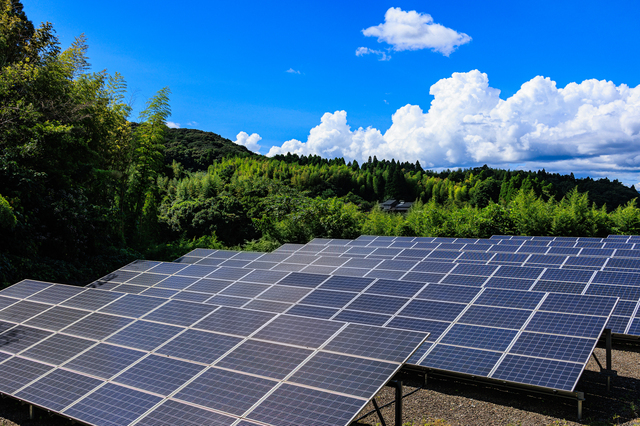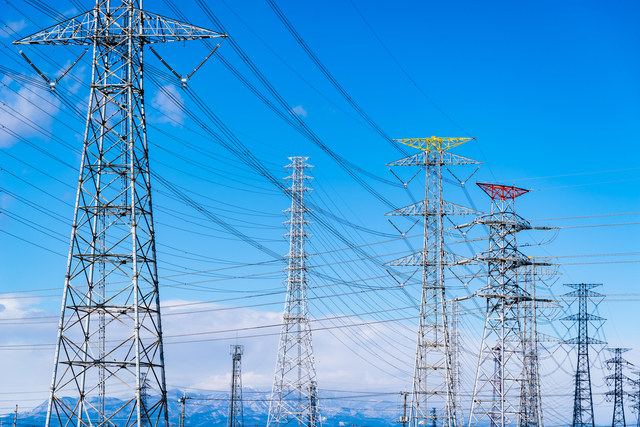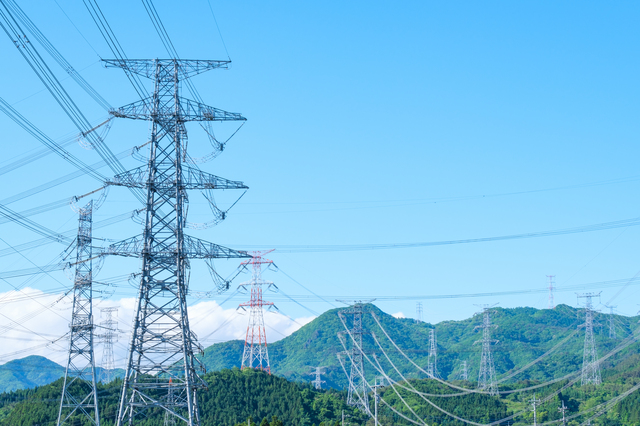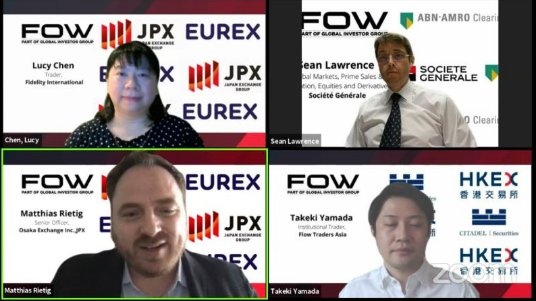TOCOM Energy
TOCOM: Trading volume of electricity futures surged 8 times, second largest in history due to execution promotion measures

Tokyo Commodity Exchange(TOCOM)’s electricity futures trading surged. The volume of transactions during the April-June period swelled to 397 gigawatt-hours (GWh), eight times the volume of the previous quarter and the second highest quarterly volume of all time. The expansion of “market maker programs,” in which designated market makers keep quoting reference prices, was successful and led to an increase in transactions over the summer months. Continued increase in transactions will be a challenge in the future.
Electricity futures fix in advance the price of electricity to be bought or sold in the future. It is used by power companies to hedge (avoid) the risk of price fluctuations when buying and selling actual electricity on Japan Electric Power Exchange (JEPX). TOCOM listed electricity futures on a trial basis in 2019 and on the permanent listing in 2022.
In April-June 2022, trading volume was the largest as hedging needs swelled against the backdrop of greater volatility in fuel prices following the Russian invasion of Ukraine. April-June 2024 is the next largest.
The reason for the sharp increase is the expansion of the market maker programs implemented from April to June. The programs are based on market makers designated by TOCOM, who keep quoting both sell and buy orders and indicate the reference price for the transaction. The reference price makes it easier for the market participant to find a trading counter party.
TOCOM introduced this program for electricity futures when it was first listed. Market makers functions are handled by brokerage firms and others. Market makers can also benefit from discounted trading fees if they meet the conditions set by the exchange.
The expanded program covered the July-September 2024 contract of baseload electricity futures, which deals with electricity for 24 hours a day. The aim is to capture hedging demand in the summer when demand for electricity for air conditioning and other purposes is strong.
The minimum quantity for sell and buy orders was raised to 20 lots each. For market participants who wish to execute a larger number of lots than the previous five lots, there will be more opportunities to execute a large number of transactions.
The “bid-ask spread” was also narrowed from a maximum of 0.8 to 3 yen per price to a uniform maximum of 0.5 yen. If a market maker places a buy order at 10 yen per kilowatt-hour (kWh), the sell order will be placed at 10.5 yen or less. For the market participants, the possibility of trading at a price closer to their expectations is increased.
An electric power company’s trading manager said “The increase in intra-day executions, which used to be determined by over-the-counter transactions, has led to greater price transparency,” and appreciates the expansion of the market maker program.
In response to the increase in transactions, TOCOM decided to continue the program expansion to July and August, which had been limited to the period from April to June. The program will cover the contract months of October through December. The company intends to capture hedging needs in winter, which is considered to have the second largest electricity demand after summer.
TOCOM will also move to support liquefied natural gas (LNG) futures contracts. As with electricity, the market maker program will be expanded in July and August. LNG used as fuel for power generation is closely related to electric power. It assumes a transaction such as hedging LNG and electricity price changes at the same time.
Takashi Ishizaki, president of TOCOM, said, “The potential demand for utilities to trade both electricity and LNG is significant,” and it expects the liquidity of the transaction to increase.
Challenges remain in the volume of transactions. European Energy Exchange (EEX) has more than 90% market share in Japanese electricity futures. Transaction volume for LNG futures continues to be zero at present.
It has been pointed out that if the use of futures becomes more widespread, electric power companies will be able to limit unexpected losses and may also diversify their electricity rate plans. TOCOM is required to come up with measures to continuously increase the liquidity of transactions.
Related links






